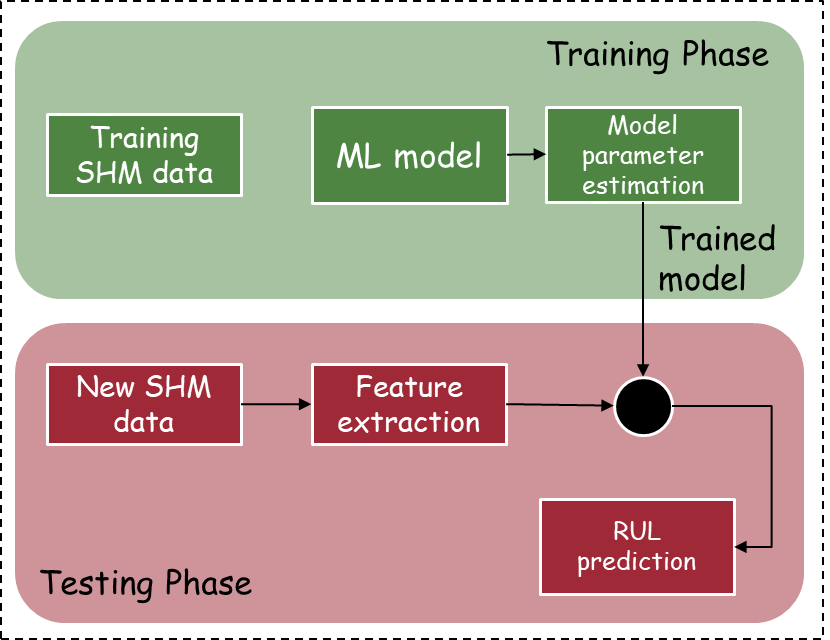SHM of Composite Structures - Future trends in the Digital Era
Abstract
Prognostics Health Management (PHM) is an emerging field of engineering that aims to provide real-time monitoring and diagnosis of the health of engineering structures, such as bridges, airplanes, and wind turbines. The goal of PHM is to predict the remaining useful life of these structures and detect any potential faults or defects before they become critical. This is achieved by collecting data from sensors embedded within the structure and using machine learning algorithms to analyse the data and make predictions about future performance. PHM has the potential to significantly reduce maintenance costs, improve safety, and extend the lifespan of engineering structures. Towards PHM of modern structures and engineering assets Structural Health Monitoring (SHM) is a vital technology which provides a mature solution for the real-time monitoring of structures. Up to date though, SHM has almost exclusively involved damage diagnostics. Recenlty, we started researching on the feasibility of reaching the ultimate level of SHM i.e. the Remaining Useful Life prognostics, where we attempt to provide probabilistic estimates of the time to failure, based on SHM data1-2. Highlights of this research are the focus of this presentation.
A methodology that leverages SHM data from different sensing technologies relies in several parallel activities from damage detection and localization to damage identification and severity assessment, sensitive-to-damage feature extraction processes, training methodologies, data fusion and remaining useful life predictions utilizing simple or sophisticated algorithms.

Figure 1. Methodology overview of SHM data-driven prognostics
References
- N. Eleftheroglou and T. Loutas, Fatigue damage diagnostics and prognostics of composites utilizing structural health monitoring data and stochastic processes, Structural Health Monitoring, 15 (4), pp. 473-488, 2016
- Loutas, T., Eleftheroglou, N., Zarouchas, D., A data-driven probabilistic framework towards the in-situ prognostics of fatigue life of composites based on acoustic emission data, Composite Structures, 161, pp. 522-529, 2017
Location: Building 19, Level 3, Hall 1-2.
Speakers
Theodoros Loutas
Professor at University of Patras